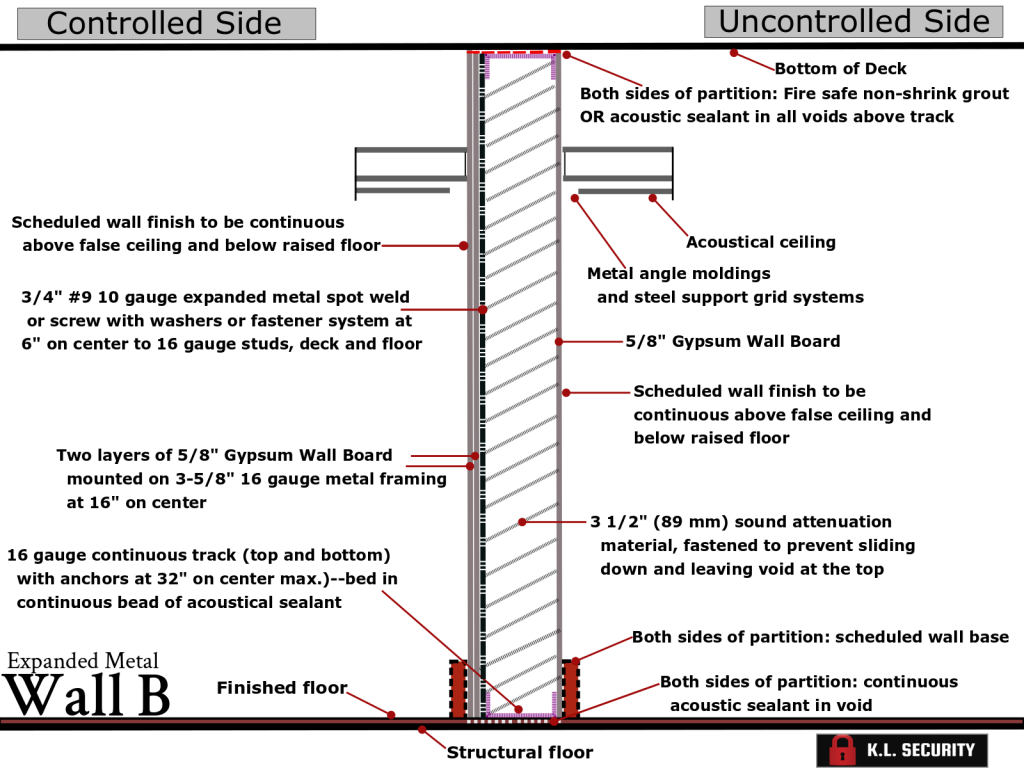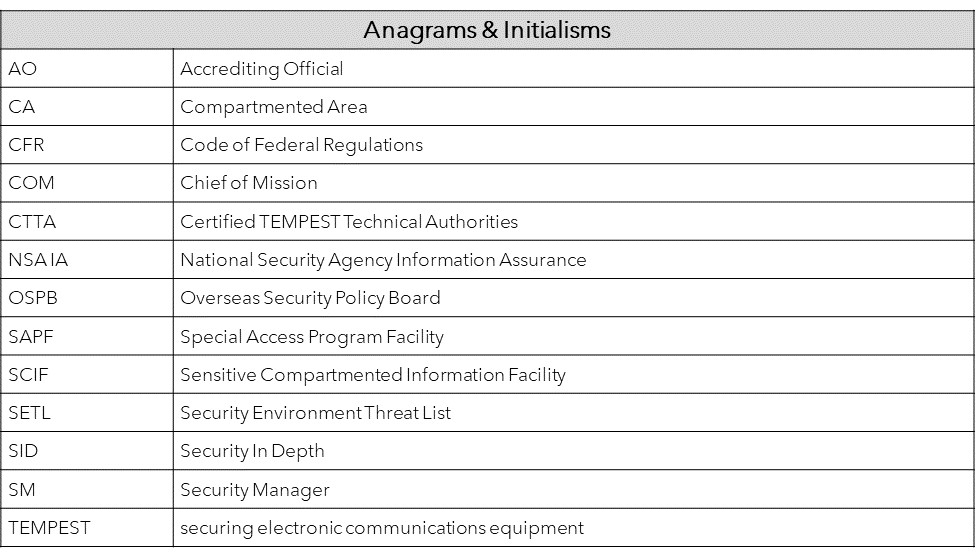Modular SCIFs include ground-based temporary SCIFs (T-SCIFs) and include those on mobile platforms such as trucks and trailers/containers, and SCIFs aboard aircrafts and on surface/subsurface vessels. Modular SCIFs are the most durable and cost effective SCIF in both design and manufacturing. These versatile SCIFs require less construction time than a regular SCIF and can be permanent or relocatable depending on your needs.
Modular SCIFs are constructed off-site and arrive at their destination wired and ready for use. Container SCIFs can be entirely customizable from height to interior details to meet your specialized needs. There’s no limit on size! The interior customization can include pre-wired workstations, conference areas, and secure server rooms.
T-SCIFs, depending on its design, can also be adjusted for future expansion to increase the longevity of your SCIF. For construction, modular SCIFs must adhere to the Fixed Facility checklist outlined in ICD 705. This includes acoustic, visual, and concealed entry protection. Cables and wires, as with all SCIFs, must be protected. Ground-based structures must be secured with GSA-approved locking devices and tamper-evident seals.
Depending on your needs, TEMPEST countermeasures, Intrusion Detection System (IDS), and Access Control System (ACS) are optional features that can be included in T-SCIFs. It is ultimately up to the CTTA to decide if TEMPEST countermeasures are needed with your T-SCIF. The AO and CTTA will collaborate to provide red/black separation and protected distribution guidance for field installation in accordance with NSTISSAM TEMPEST 2/95 and 2/95A, and CNSSI 7003.
Storage and Site Security
Like other SCIFs, T-SCIFs have specific requirements for overall security and storage of materials. Aircrafts and surface/subsurface vessels require more security measures than ground-based T-SCIFs. Secure materials used inside a container SCIF must be limited to what is needed for operation. These materials must be stored in GSA-approved containers. The AO may approve exceptions to the storage of secure material in GSA-approved containers for a period of time.
When this secure material is no longer needed, it must be destroyed by a means approved by the AO. Once a T-SCIF is no longer in use, a SCI security official will inspect the facility to ensure all secure material has been removed.
It’s the AO’s responsibility to evaluate and assess operational risks associated with the location of the T-SCIF, specifically if it’s located in an area that is not U.S.-controlled. The AO will determine what area offers the greatest degree of protection against forced entry.
The T-SCIF will have only one entrance that will be controlled and monitored during the T-SCIF’s hours of operation by SCI-indoctrinated persons via access roster. When in operation, the perimeter will be guarded by guards with a U.S. SECRET clearance. Hardened T-SCIFs with no open storage of secure material can be monitored by a U.S. SECRET-cleared individual.
Does your facility require a SCIF? KL Security offers SCIF Container Solutions with panelized modular systems for scalable modular, portable, & mobile requirements. We assist in the acquisition of modular facilities for DoD & Government Access Control and ICD705 SCIFs or SAPF facilities. We also assist with special access control planning and commercial business security.
Call 866-867-0306 or email [email protected] to see how the experts at KL Security can assist your facility in security needs.
Technical Specifications for Construction and Management of Sensitive Compartmented Information Facilities
SCIF Container Series | Part 1: Site Evaluation
SCIF Container Series | Part 2: Design Planning Checklist
SCIF Container Series | Part 3: Perimeter Wall Construction – Wall A
SCIF Container Series | Part 4: Perimeter Wall Specifications – Wall B
SCIF Container Series | Part 5: Perimeter Wall Specifications – Wall C
SCIF Container Series | Part 6: Vents and Ducts
Information has been gathered from sources deemed reliable but not guaranteed and is subject to change without notice. The information contained in this site is provided for informational purposes only.







